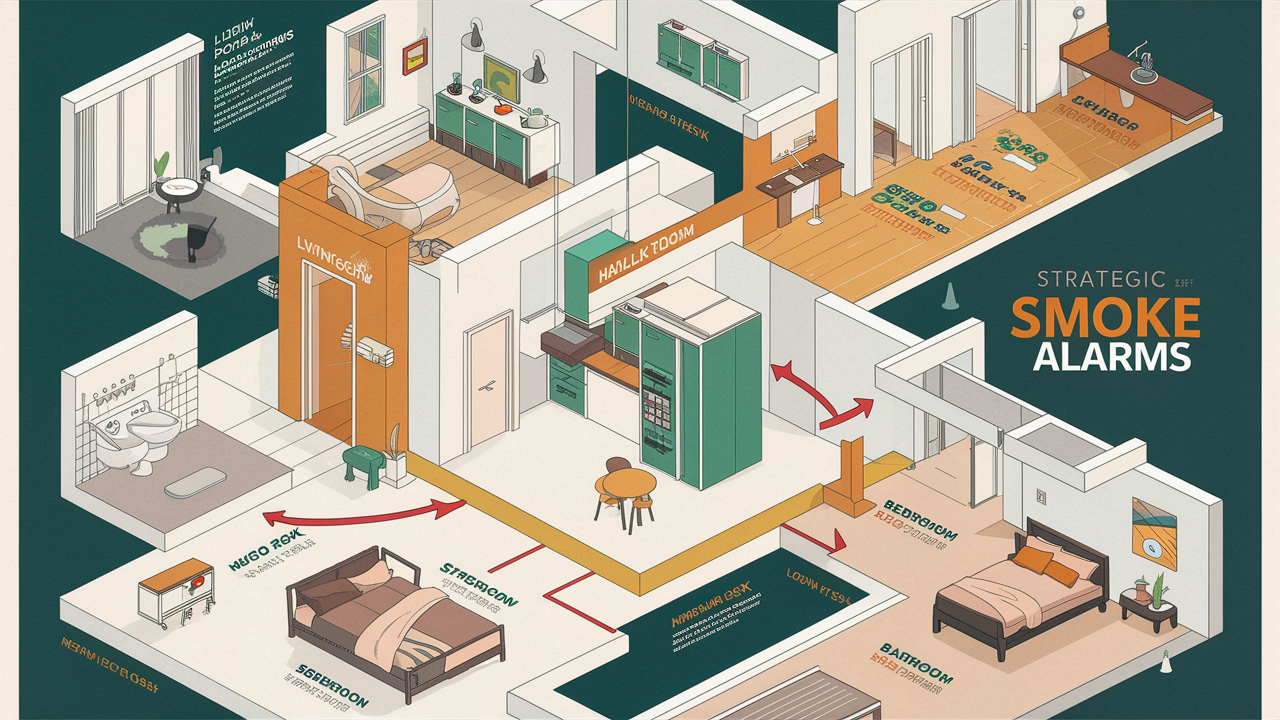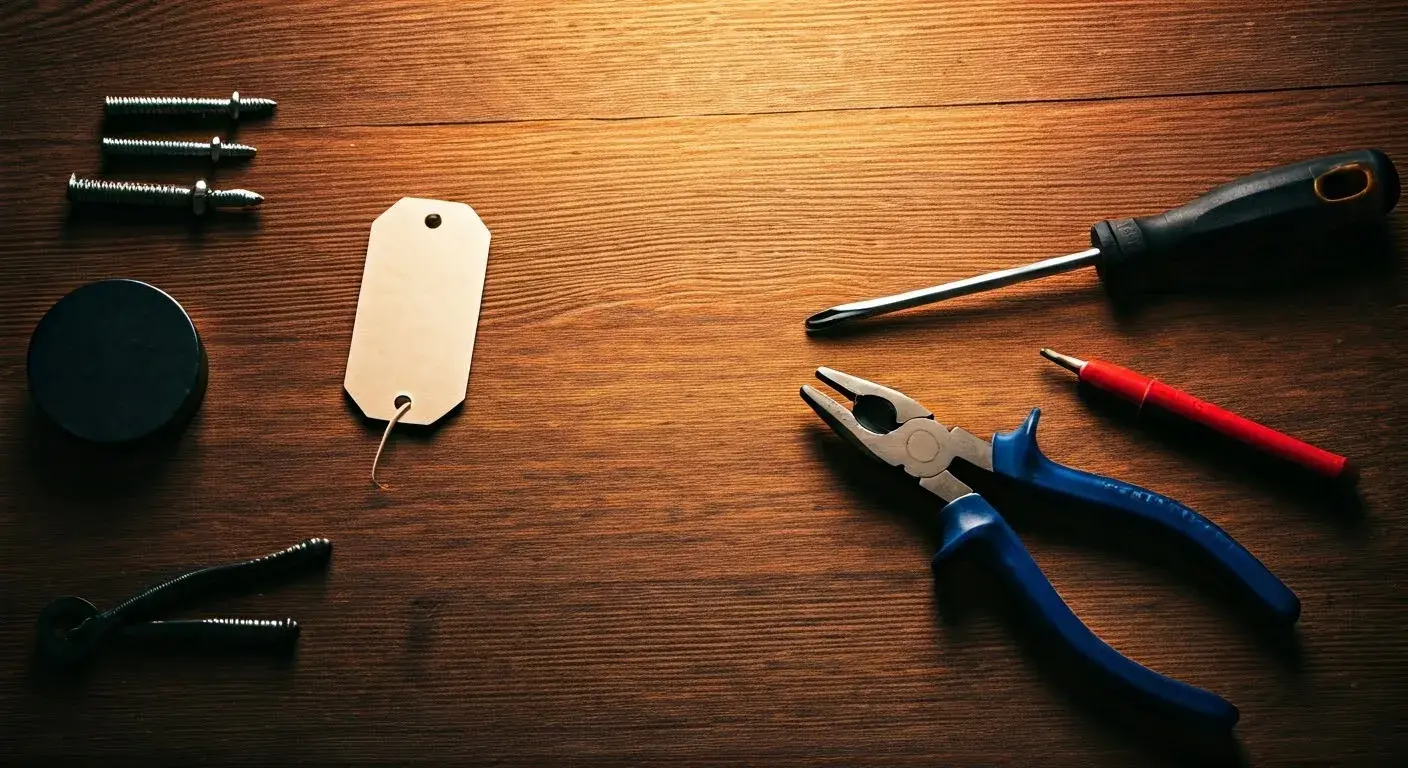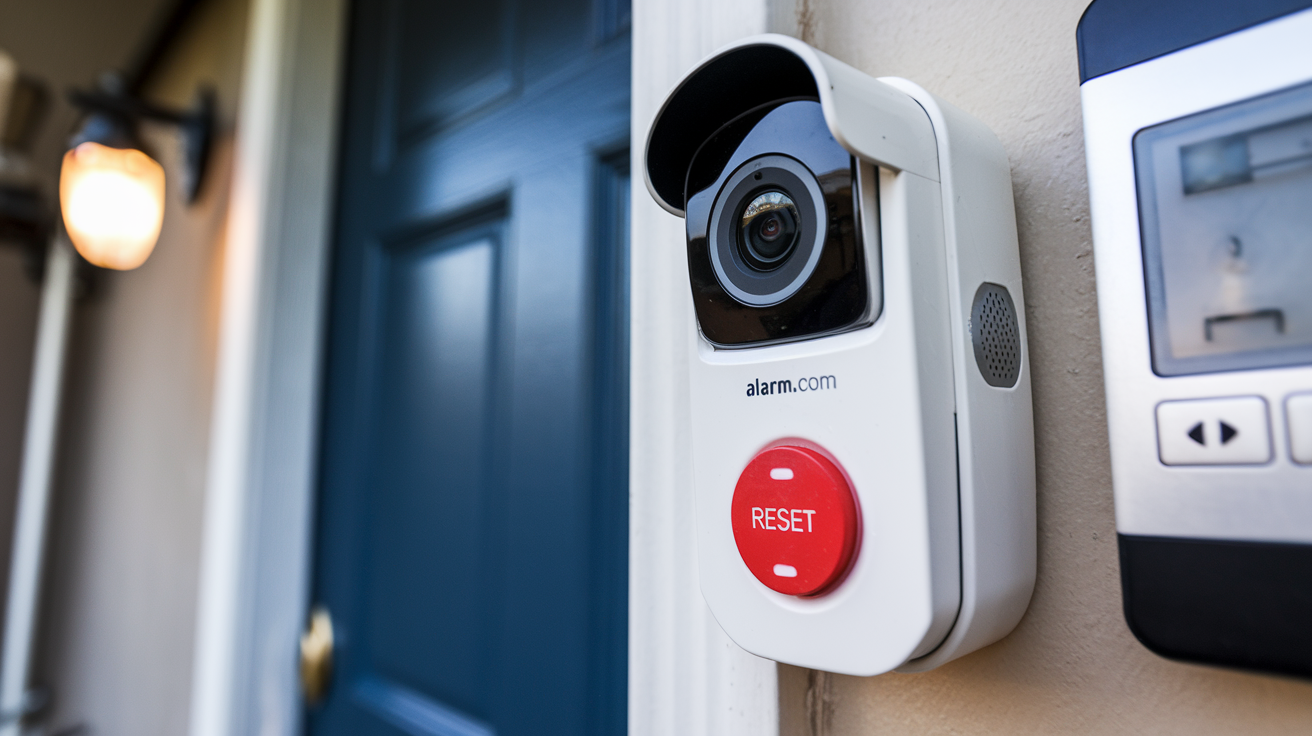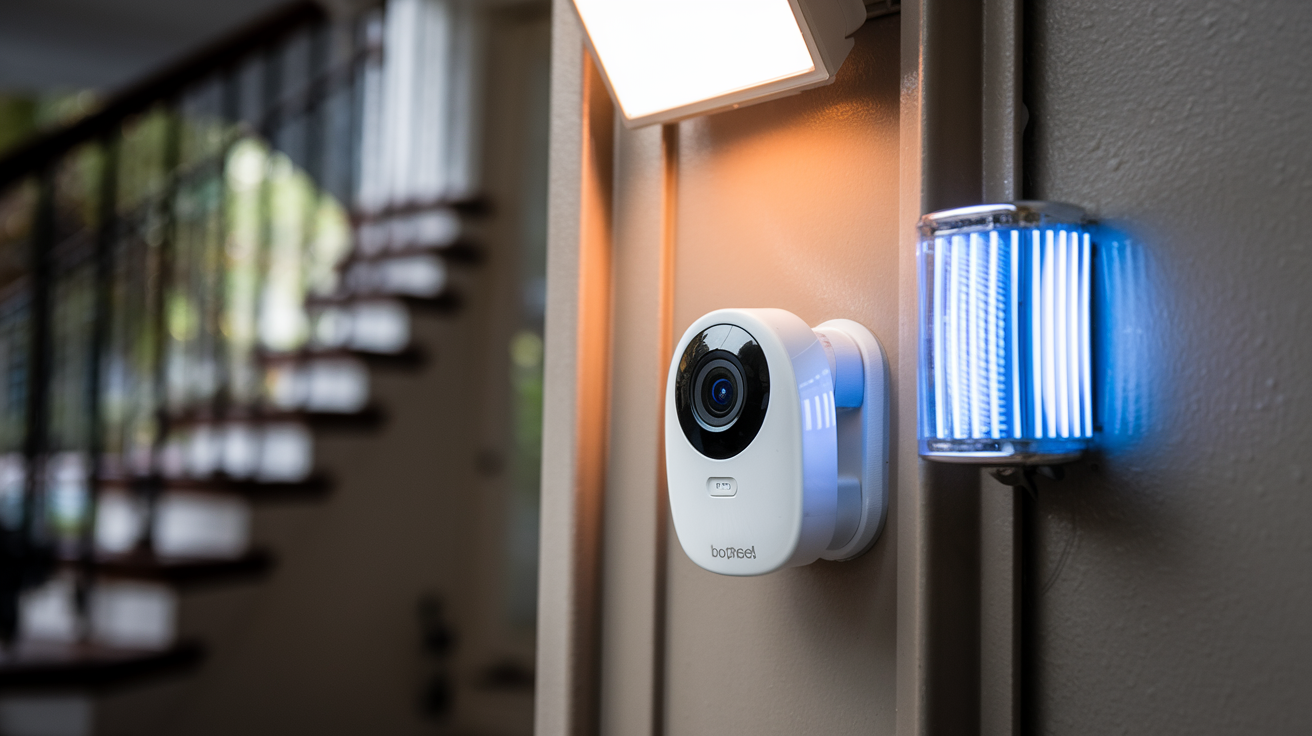Smoke alarms are one of the most essential components of a Home Security System. Placing and installing smoke alarms effectively can help residents of the house to be informed early enough of a fire breakout in the house, thus giving them enough time to evacuate from the building before they are trapped by smoke and heat. However, the problem is that many homes have their smoke alarms installed incorrectly or there are not enough of those. Contains information on the best approaches that should be used when installing a smoke alarm in a house to ensure that it is placed in the right place to detect fire and protect residents.
Hallways Leading to Bedrooms Smoke alarms should be installed in the hallway and corridor that lead to bedrooms. Fire produces dangerous smoke and gases that rise and spread, placing detectors mounted on walls and ceilings in hallways outside bedrooms will alert the residents of this danger before it gets into the sleep areas, thus providing more time to wake up and vacate the house. It is therefore suggested that one use photoelectric smoke alarms instead of ionization alarms in these areas because the former can detect smoldering fires better than ionization alarms and are more likely to produce false alarms.
Inside All Bedrooms Besides the placement of smoke alarms in the hallway or the corridor, smoke alarms must also be placed in all the bedrooms within the house. Smoke detectors must be installed on the walls or ceilings at least 4 inches away from the room’s sleeping area. If bedroom ceilings are sloped, position the alarms at the highest point in the room. Working smoke alarms in every bedroom guarantees that smoke will be noticed even if the fire starts or extends to these distant areas in a home. Given that people spend most of their time asleep, there should be alarms in every bedroom to alert occupants early enough should a fire occur anywhere in the house.
Basement If a residence possesses a basement, a minimum of one smoke alarm can be installed in such a region irrespective of whether the region is completed or not. The smoke detectors should be installed on the basement side, the ceiling at the bottom of the stairwell. This position will be able to see smoke that may be coming from a fire that has started in the basement before it extends to other floors. It is not safe to rely solely on upper-floor smoke alarms to detect basement fires since it will take some time, which may lead to death. Smoke alarms also ought to be put in the basement at the ceiling level, because even if people rarely go there, they may get ignited, and their fires grow mainly out of sight and quickly engulf the homes.
There have to be living spaces and exit pathways available for the members of the community.
Smoke detectors should be installed in any other living area where the family spends a lot of time, including family rooms, living rooms, and dens. Mount smoke alarms on ceilings or at least six feet up on walls. Also, smoke detectors that are installed along the escape routes towards the home’s principal exterior exit doors are helpful in escape. For fires that may begin along the exit paths such as hallways, staircases, and entryways, alarms are fitted to detect such fires and sections of escape routes with dangerous smoke to prompt residents to use other escape routes.
Top of Staircases All the multi-story residences, both with enclosed and open-air staircases, must have smoke detectors installed at the top of such stairs. When heated smoke rises upward as it is inclined to do, it will gather just beneath the ceiling and at the top of a staircase – the perfect place to install early fire detection systems. In open-laying floor plans, smoke alarms located at the top of stairs detect fires below that produce smoke and gases that rise upward through the entire home. This placement offers an additional layer to alert residents of fire starting in lower floors such as basements earlier before the fire isolates the stairwell exits.
Kitchen The kitchen is more prone to developing fires from accidents that happen while cooking. As a result, virtually all fire safety guidelines call for the placement of smoke alarms in kitchens or rooms that are connected to them. Nevertheless, to avert false alarms, smoke detectors should NOT be installed above stoves or near sinks that produce a lot of smoke. Rather, position them at least 10 feet away on the ceiling below these cooking areas or the opposite side. Ionization alarms are resistant to small amounts of cooking smoke and steam that might set off the alarms. Only PHOTOelectric detectors close to the kitchen to avoid false alarms while ensuring safety.
Garage Garages that are attached to the living area also need smoke detectors. Industry sources recommend using wireless smoke alarms with non-hardwired battery backup in garages as wiring can be complex. For wired electrical detectors, problems may occur whereby they are disconnected or fail to operate adequately due to exposure to automobile fumes and fluctuating temperatures of hot and cold or power failure. Install garage smoke detectors on ceilings with having distance of 4 to 6 feet from walls. While wireless smoke alarms are required in garages, they are only optional in detached garages as these structures are less likely to spread fires into homes.
Interconnection If possible, connect all the smoke alarms that are within a home into a single interconnected system. Interconnected smoke detectors have wires that connect the detectors and pull a cord when even one of them is triggered by smoke and rings the alarm. This synchronized alarm ensures all occupants in the synchronized informed of fire faster than standalone detectors where distant alarms could be ignored. However, the no-smoke alarm option is still better than having none at all. Where wiring interconnected units is not possible, it is crucial to install separate smoke detectors in each of the recommended locations in the home.
Power and Maintenance Smoke detectors can be of two types, battery-operated smoke detectors and smoke detectors that are connected to the home electrical system and it is advised that the latter should have battery backup. High-quality power supplies mean that operating alarms will be triggered during fire incidences. To ensure the alarm sound is working, monthly testing of all smoke detectors should be done. It is recommended to replace smoke detector batteries at least twice a year. Smoke alarms should also be found to be changed every 8 to 10 years per manufacture date as the sensor degrades over time. Measures, such as placing smoke detectors in strategic interior home areas, help protect lives during disasters. Effectively placed smoke alarms offer your family the best chance of getting your household out of your home as quickly as possible when it counts the most.
Protect your home today with ADT’s top-rated security solutions!
Call now at +1 877-470-7879 to get a free consultation and find out how you can secure your home with the best in the business. Don’t wait—ensure your peace of mind with ADT!







